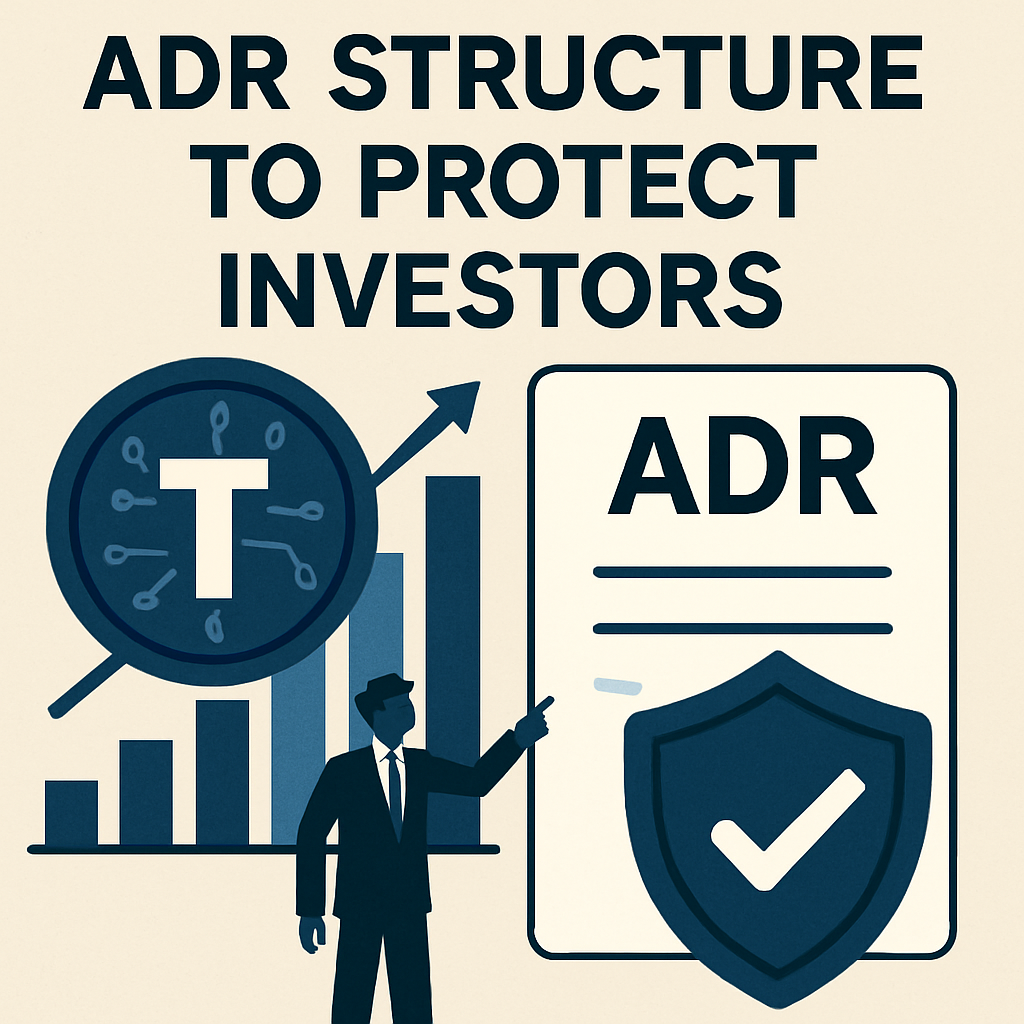The evolution of tokenized equities has been hampered by fragmentation, regulatory uncertainty, and opaque operational models. Depository receipts (DRs), particularly American Depository Receipts (ADRs), represent a proven blueprint for bridging global securities markets with regulated frameworks. Applying the ADR structure to tokenized shares could resolve key challenges in on-chain equity issuance.
Under an ADR framework, a regulated custodian bank holds underlying shares in a segregated, bankruptcy-remote account. An independent depositary issues tokenized receipts that grant holders enforceable rights to economic benefits, including dividends and voting. This model preserves shareholder protections and complies with securities laws, offering a clear alternative to synthetic wrapper tokens that often lack enforceable claims and operate in siloed ecosystems.
Legal precedence supports the adaptation of ADRs for blockchain markets. ADRs have facilitated cross-border equity trading for over a century by aligning with U.S. securities regulations while leveraging custody and transfer agent functions. Tokenized ADRs would combine real-time settlement on public blockchains with the regulatory rigor of traditional financial infrastructure, enabling broader participation by institutions and retail investors alike.
Operationally, tokenized ADRs streamline corporate actions and record-keeping, leveraging smart contracts for automated dividend distributions and proxy voting. Regulatory compliance can be embedded into tokenized receipt contracts, enforcing holder eligibility, anti-money laundering checks, and transfer restrictions. Such an approach balances innovation with investor protection, fostering trust and adoption.
The adoption of ADR-style tokenization could unlock significant capital market efficiencies, reducing settlement times from days to seconds and lowering operational costs. Corporate issuers gain access to a global investor base without relinquishing control over share issuance or regulatory oversight. Market participants benefit from increased liquidity and transparency, with on-chain data enhancing market surveillance and risk management.
As the tokenization narrative advances, stakeholders should prioritize models that align with existing regulatory frameworks. Adapting the ADR structure for tokenized equities offers a scalable, legally sound foundation for modern capital markets, bridging TradFi and DeFi while upholding the safeguards that underpin investor confidence.

Comments (0)